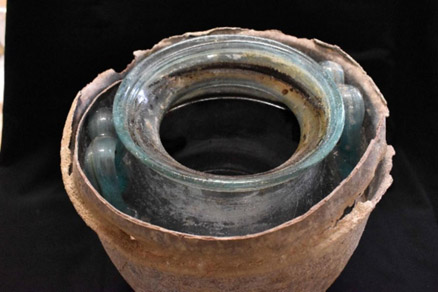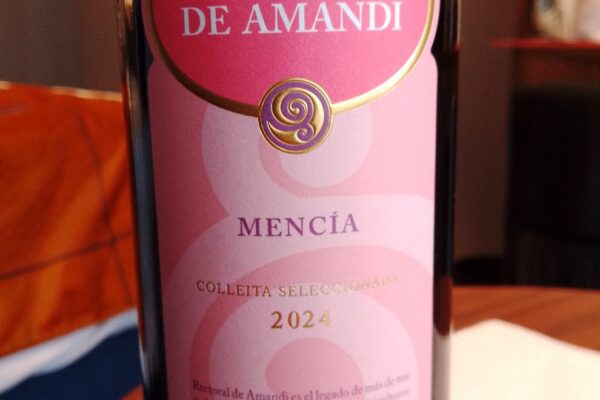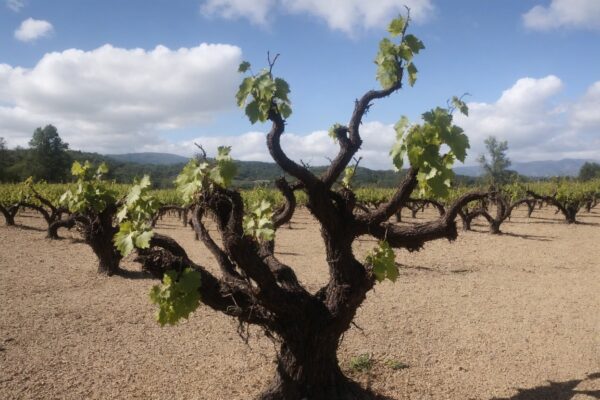
A recent study reports the discovery and analysis of a reddish liquid found in a 2000-year-old Roman mausoleum in Carmona, southern Spain, which appears to be the oldest preserved liquid wine. Found in 2019, the urn (left) containing the liquid also held cremated human remains, which likely explains the preservation of the wine, traditionally used in Roman burial rituals.
Researchers used inductively coupled plasma mass spectrometry (ICP-MS) to identify mineral salts and high-performance liquid chromatography-mass spectrometry (HPLC-MS) to detect polyphenols, elements characteristic of wine. Analysis showed that the liquid’s composition matched that of white wines typical to the Baetic region, containing polyphenols such as quercetin and apigenin, which are consistent with markers in modern wines. Elevated mineral levels, likely due to leaching from the glass urn and bone remains, also indicated the liquid had decayed significantly over the centuries.
The findings suggest that the wine’s original white colour had changed due to the deterioration of organic compounds, yet enough polyphenolic markers persisted to confirm its identity. This discovery, while shedding light on ancient Roman funerary practices, provides new insights into the chemical stability of wine over millennia and marks a unique preservation of ancient winemaking traditions in the Baetic region.













